Two compositions of apples and pears
Oil on canvas, cm 36 X 44
With frame, cm 51 x 61
The two canvases are associated both in the subject and in the pictorial rendering of fruits, in this case apples and pears of different colors and shapes. The dark background, the green floor on which I am leaning, the light cut and the division of the fruit into two groups, one in the first and the other, more numerous, in the second. In addition to the quantity of elements, the two planes are also distinguished by the fact that the apple and the pear closest to the viewer are in both canvases in shadow while those behind are hit in full by the light coming from the left. The reflections on green, yellow, brown and red peels also reverberate in shaded surfaces generating contrasting games that reveal the knowledge of painting post caravaggesca, as well as the production of still life active in Lombardy during the 17th century. Among the artists and artists present in the region during this period, we can mention among many others Fede Galizia (1578-1630), Evaristo Baschenis (1617-1677), Giovanni Ambrogio Figino (1553-1608) and Panfilo Nuvolone (1581-1651); the genre was very successful among the exponents of the Lombard school also in the decades and centuries following, as witnessed by the production of Giacomo Ceruti called the Pitocchetto (1698-1767) or Angelo Maria Crivelli (1660-1730). The wise use of light reveals the knowledge of the lesson caravaggesca, explained by the cuts of clear light, reflections, contrasts chiaroscuro faces highlight and vivify the subject; It must also be considered that the period of the Counter-Reformation generated an iconographic culture that favored emblematic, allegorical, conceptual subjects, which had a considerable importance for the fortune of the still life.























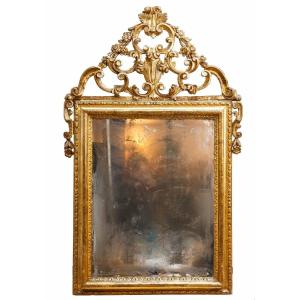

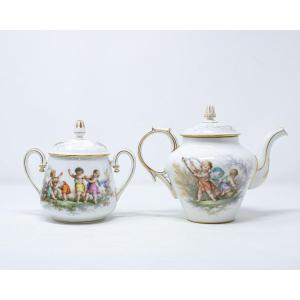
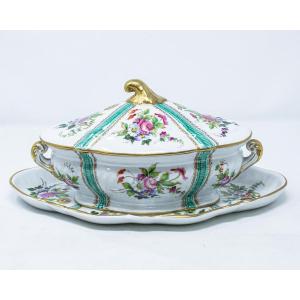

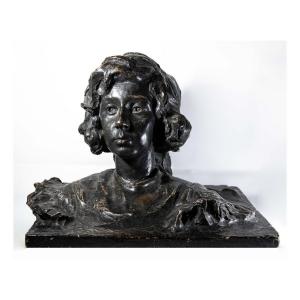
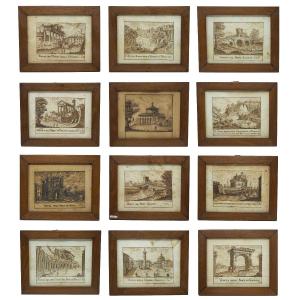



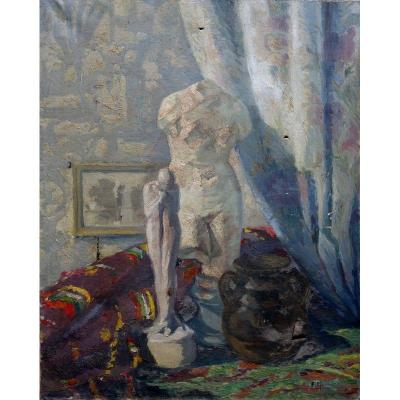






 Le Magazine de PROANTIC
Le Magazine de PROANTIC TRÉSORS Magazine
TRÉSORS Magazine Rivista Artiquariato
Rivista Artiquariato